If you go to the supermarket in Japan, you can see products named “Amazake”. It has a strong image of a winter drink, but Japanese has drunk it since the Edo period to prevent summer fatigue. It is still considered as seasonal word for summer in haiku today. There are two types of amazake: rice malt and sake lees. Let’s find out what is the difference between the two types and which one is non-alcoholic!
What is Amazake
Amazake (Kanshu, Sake) is a type of traditional Japanese fermented drink that looks cloudy and resembles Doburoku. They also call this ‘amagayu’. In Japan, locals made this from rice and rice malt, so unlike amazake made from sake lees, it does not contain any alcohol. Its sweet and sour taste is reminiscent of yogurt, while its texture ranges between milk and a fat Greek yogurt, depending on preference.
Etymology
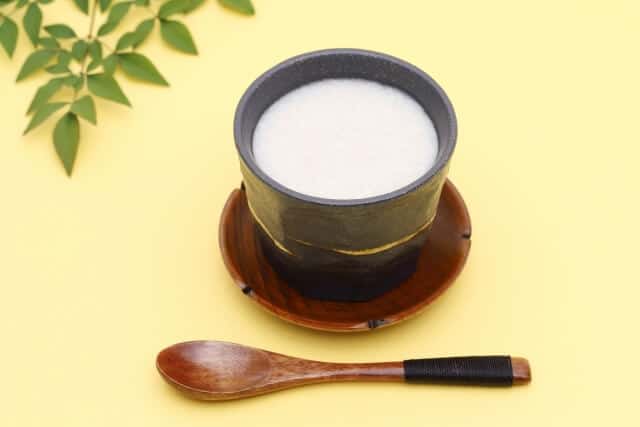
Locals wrote Amazake as “甘酒” in Japanese and has a literal meaning of “sweet sake” (甘 means “sweet” and 酒 means “sake”, Japanese alcoholic beverage made with fermented rice). This name was due to the very similar process in making Amazake and a regular sake. The fermentation process is generically the same at the start, except that they also added yeast to sake to increase alcohol production.
Amazake History
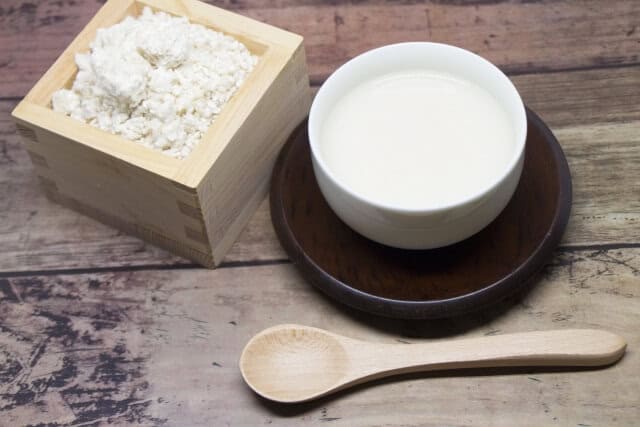
Amazake was initially a method of food fermentation and preservation devised during the Kofun period (about 250 to 538 AD) by boiling rice, water, and koji, a filamentous fungus also used in the fermentation of miso, natto, and soy sauce, for eight to ten hours. The resulting beverage, loaded with nutrients and gut-friendly bacteria, became so well-known that they even recorded it in the Nihon Shoki, the earliest known official history of Japan, written in 720 AD.
Since then, the drink’s popularity has increased and decreased several times. According to Foodex Japan, sales increased by 134.8% between 2016 and 2017, at a time when at-home fermentation was becoming a popular hobby. The drink’s popularity grew further in 2019, thanks in part to the boyband Kanjani Eight, who were hired as spokespeople for Hiyashi Amazake, a popular brand throughout Japan. This drink is also available in cafes and convenience stores across the country, where locals enjoy it as a morning treat or an afternoon pick-me-up.
Amazake Recipe
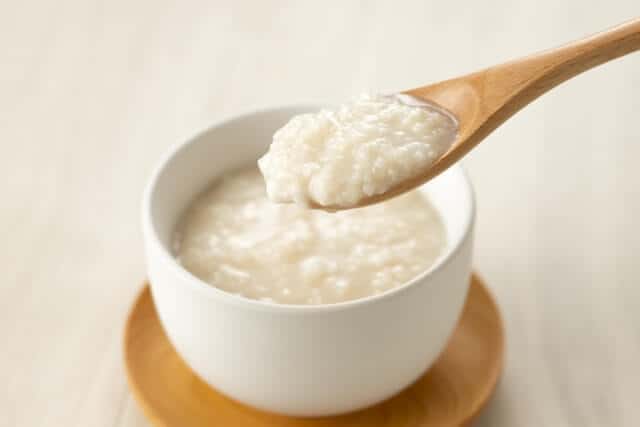
Amazake Ingredients
| Ingredients of Cold Amazake for 2 persons | Measurements |
|---|---|
| Brown rice koji or koji koji | 200g |
| Water | 600g |
| Rice | 200g |
How to make Cold Amazake
Boil and dissolve the mochi. This time, it took about 7 minutes on medium heat. (The time it takes depends on how dry the mochi is and how you cut it.)
Transfer to a container, and be sure to cool the whole to below 60 degrees and add koji powder. If you add the koji powder at around 60 degrees without letting it cool down too much, the sweetness will come out more quickly.
It is not good if the temperature is halfway, so please put it in the refrigerator immediately. The next day, the sugar content is about 30 degrees. You can drink it after 1 to 3 days (when it becomes sweet). Store in the refrigerator and consume within a week.
Health information on Amazake
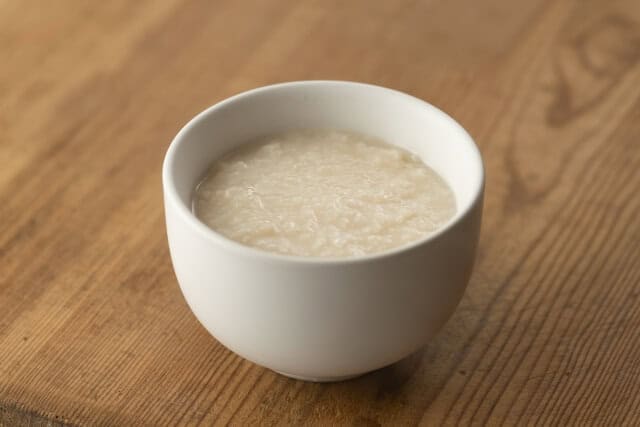
Amazake is highly nutritious, as many people loved this for its anti-summer fatigue and postpartum nourishment. This drink is a “drinkable intravenous drip”, and is not only useful for relieving fatigue and providing nutrients when you feel tired, but recently it has been attracting attention for its ability to boost immunity and building a strong body.
Amino acids (all nine essential amino acids plus other amino acids)
Amazake contains all nine essential amino acids that are supplemented from food because they cannot be made in the body. It is an essential ingredient that supports our health.
Vitamin B group (Vitamin B1, B2, B6)
A group of B vitamins that help the metabolism to produce energy. It helps keep your body looking youthful and vibrant. Vitamin B1 contained in this drink has the effect of recovering from fatigue, vitamin B2 promotes metabolism, and vitamin B6 helps balance hormones and maintains the health of skin and mucous membranes.
Dietary fibre
This drink also contains dietary fibre that regulates the intestinal environment and helps relieve constipation.
Two types of Amazake
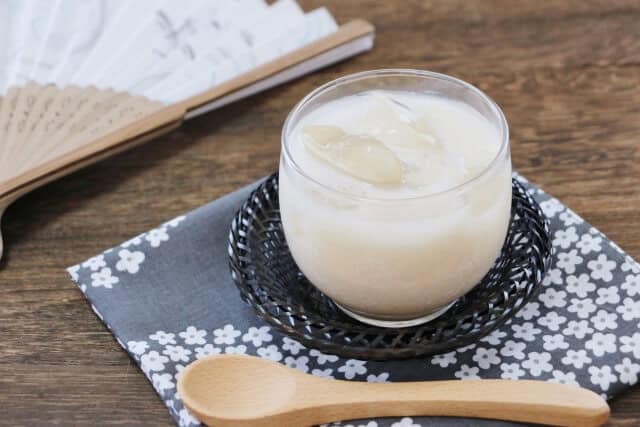
There are two types of amazake and both are often sold as amazake (sweet sake) at stores, so you need to be careful, but if you check the ingredients, it’s easy to tell them apart.
Koji Amazake
Since it is non-alcoholic, anyone from children to adults can drink it. Locals make this type by breeding koji mould in steamed rice. As the starch in the rice turns into sugar during the fermentation process, sweet amazake can be made without adding any sugar. Amazake, sake, mirin, and miso, which are indispensable to traditional Japanese food culture, are made by fermenting rice malt.
Sake lees
On the other hand, Sake lees are a by-product of sake brewing and contain alcohol, so some people cannot drink them. Locals make amazake by sake lees by adding yeast to rice malt and allowing it to ferment. The nutritional value is very high due to the power of two fermentations of koji mould and yeast fungus.
Sake lees are cheaper than rice koji as raw material, so sake lees is cheaper, but Koji amazake is recommended considering the nutrition and efficacy it contains and the advantage of being able to drink at any time.
When do Japanese drink it?
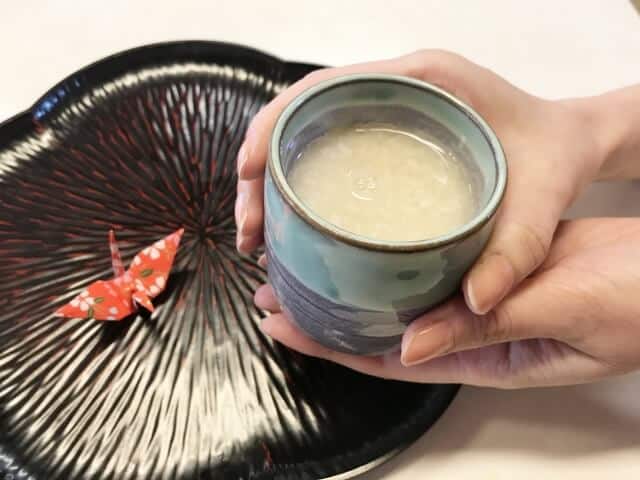
Amazake contains all 9 types of essential amino acids that you want to consume, especially in the summer, making it ideal for preventing summer fatigue. In addition, because the outside air is cold in the winter, humans attempt to raise their body temperature. Carbohydrates are required at that time, and amazake provides efficient energy in the form of carbohydrates that are easy to digest and absorb. In other words, it is a drink that you want to drink in the winter to warm your body and in the summer to give you energy.
Where to buy Amazake
Amanoya (天野屋)
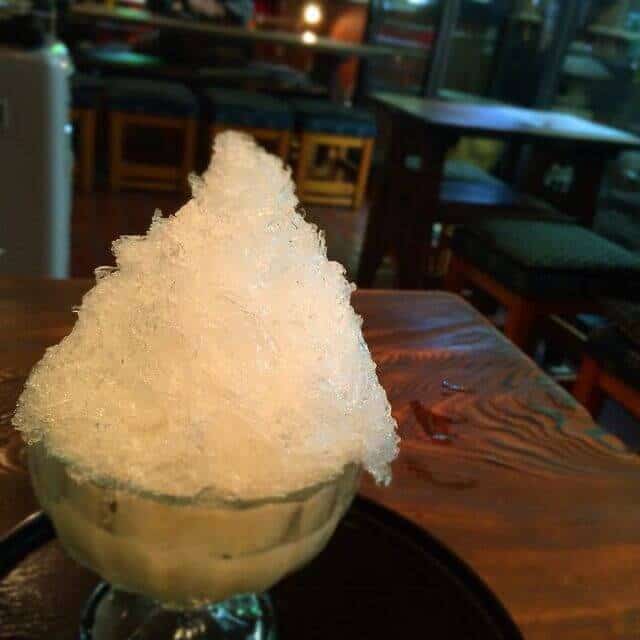
The first shop is Amanoya, which serves delicious amazake. Founded in 1846, Amanoya, a long-established store since the Edo period. It continues to use traditional methods that use only rice and koji (malted rice) without using any chemical additives. Amanoya’s “Myojin Amazake”, which they made using traditional methods using only rice and koji, is characterized by the natural and gentle sweetness of the ingredients themselves.
Futaba (双葉)
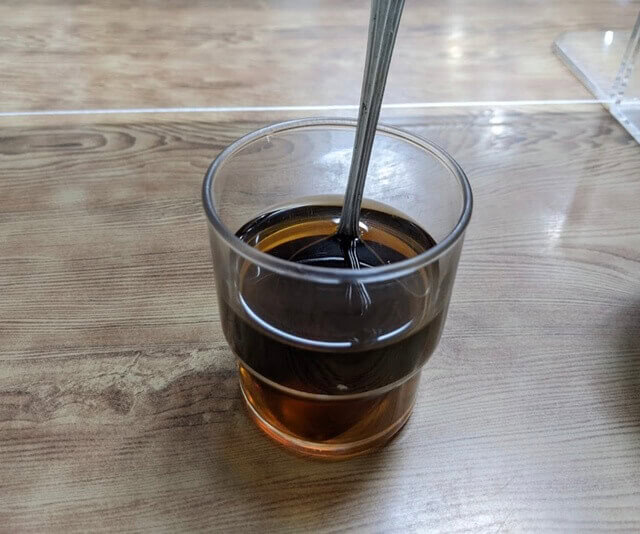
The next restaurant that serves delicious amazake is “Futaba” in Ningyocho Amazake Yokocho. Futaba sells tofu, cancer, and tofu doughnuts, but they also sold this at the storefront. Futaba amazake made from rice malt is sugar-free and non-alcoholic. You can also eat amazake ice cream that is perfect for summer.
Setagaya Engawa Cafe (せたがや縁側カフェ)
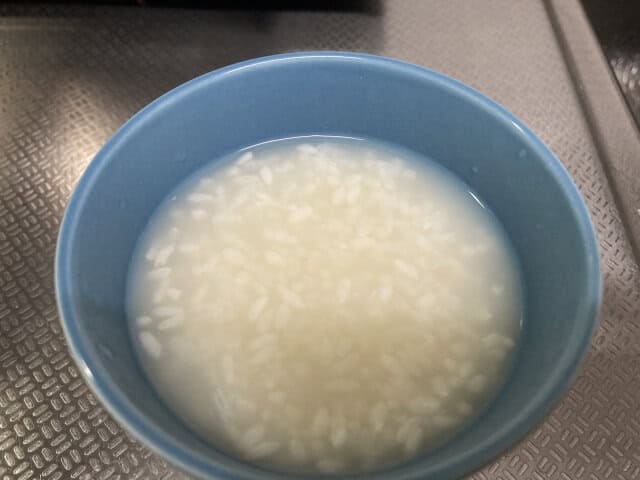
It is a cafe where you can enjoy handmade muffins and amazake slowly on the veranda with the concept of “I want to connect people, things, and things in a relaxed manner, just like on the veranda. Setagaya Engawa Cafe’s amazake is an original brown rice amazake made from brown rice and rice malt. Non-alcoholic, sugar-free brown rice has a refreshing sweetness and a slightly fragrant aroma that cannot be drunk at other stores.
Final Thoughts
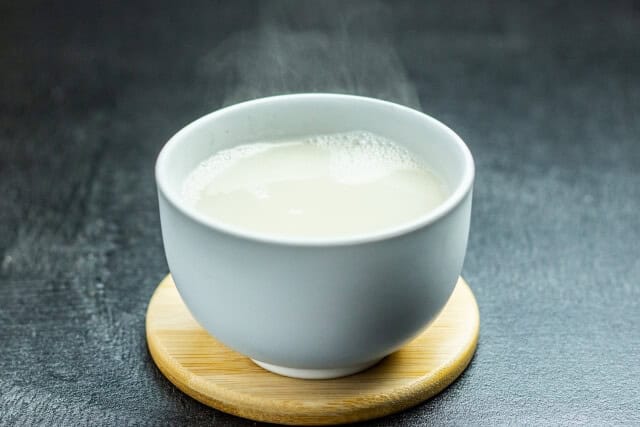
While amazake can be enjoyed all year round, it’s especially popular in the hot summer months as it helps to boost energy. This is a Japanese fermented dish that has long been praised for its nutritional properties. It is high in nutrients like vitamin B, important amino acids, and naturally occurring glucose. It also promotes digestive health, enhances immunity, and has anti-ageing properties.
There are other fermented Japanese drink in Japan such as Sake, Awamori, and Shochu that you should try.
Amazake (Sweet Fermented Rice Drink) FAQ
What is Amazake?
It is a traditional, sweet, creamy drink made from fermented rice.
Does it contain alcohol?
It depends. “Kome-Koji” amazake has 0% alcohol. “Sake-Kasu” amazake contains small amounts of alcohol.
What does it taste like?
It tastes naturally sweet, milky, and earthy with a distinct rice aroma.
Why do they call it a “drinking IV drip”?
Doctors compare it to an IV drip because it contains glucose, vitamins, and amino acids for instant energy.
Can children drink it?
Yes, but only the “Koji” type. You must check the label to ensure it contains no alcohol.
Is it hot or cold?
You can enjoy it both ways. Shrines serve it hot in winter, while people drink it cold in summer.
Does it contain added sugar?
The Koji type uses no sugar (natural fermentation sweetness). The Sake-Kasu type usually contains added sugar.
What is the texture like?
It has a thick, porridge-like consistency with soft grains of rice suspended in the liquid.
When do people drink it?
Locals drink it during New Year’s Shrine visits or on March 3rd for the Girls’ Day festival.
Is it vegan?
Yes. Manufacturers make it from rice, water, and koji mold. It uses no animal products.
Where can I buy it?
You find it in supermarkets, convenience stores, and vending machines (in small cans).
Is it gluten-free?
Generally, yes. The ingredients are rice and koji, which are naturally gluten-free.
Is it good for beauty?
Yes. Many women drink it to improve skin health and digestion due to the fiber and enzymes.
What is “Sake-Kasu”?
It is the leftover lees from sake production. It has a strong alcohol smell and requires added sugar to taste good.
How do they make the alcohol-free type?
Makers ferment steamed rice with Koji mold, which converts the rice starch directly into glucose sugar.

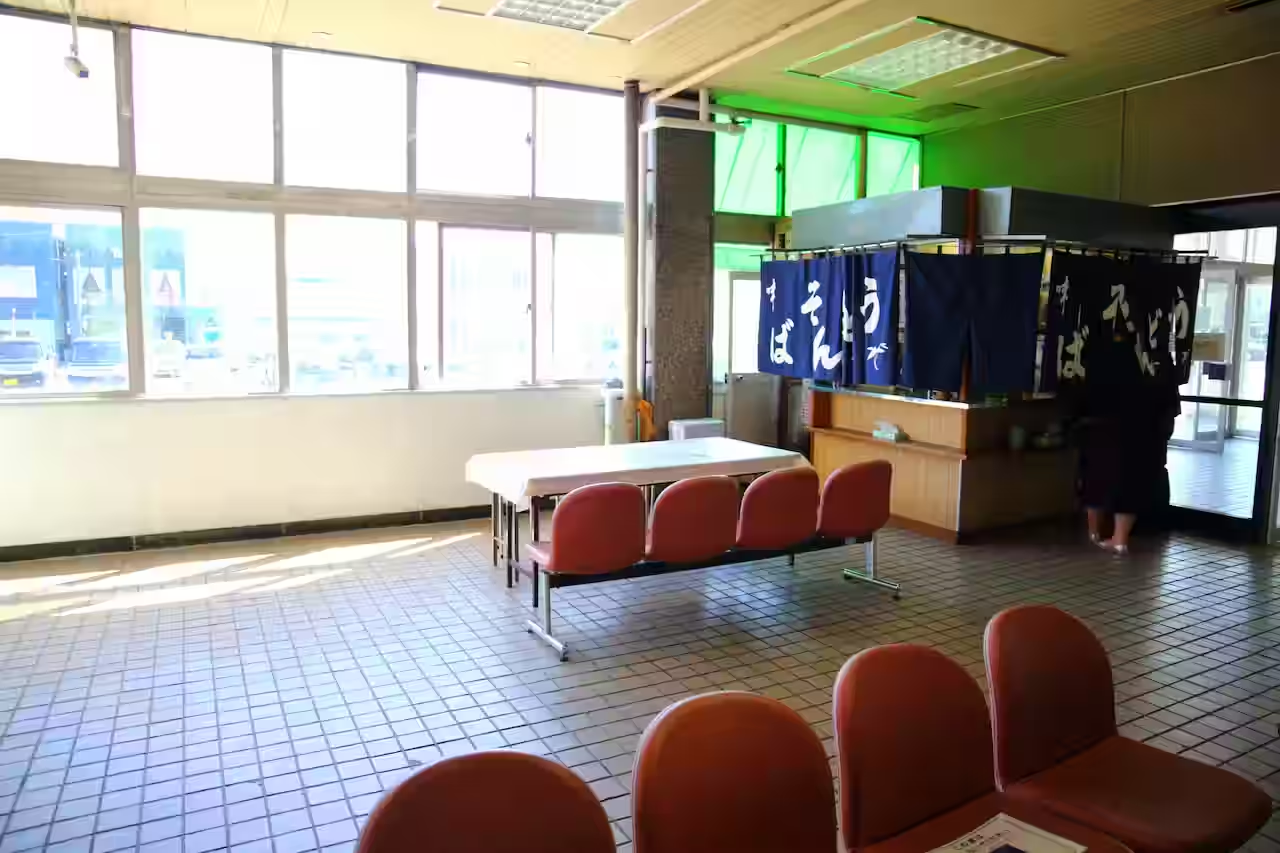




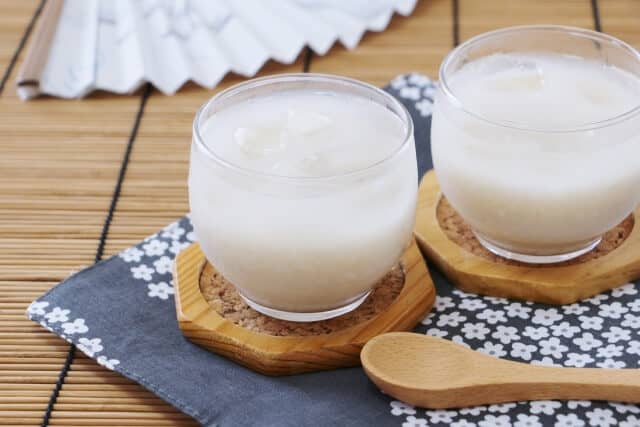
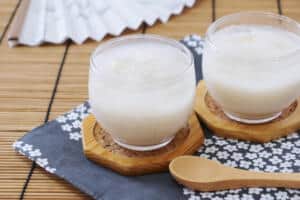
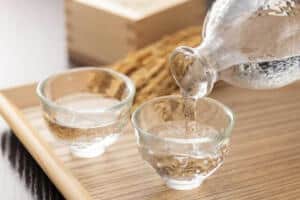
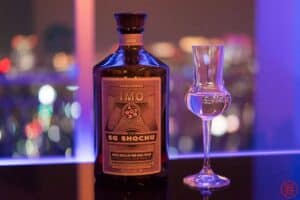
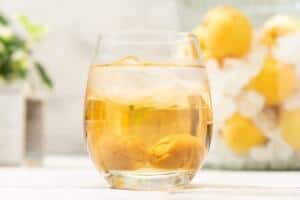
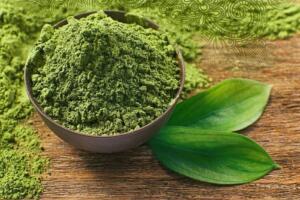
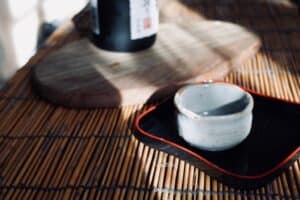
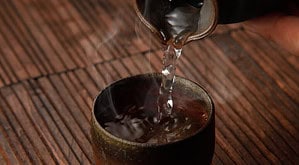
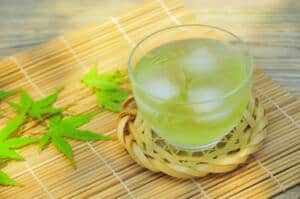
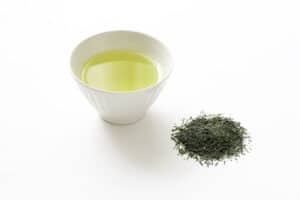
Comments